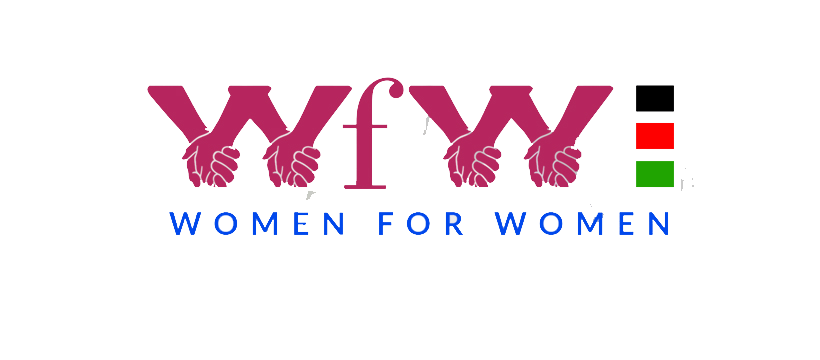Intro.
Lack of access to safe, affordable, timely and respectful abortion care, and the stigma associated with abortion, pose risks to women’s physical and mental well-being throughout the life-course.
Inaccessibility of quality abortion care risks violating a range of human rights of women and girls, including the right to life; the right to the highest attainable standard of physical and mental health; the right to benefit from scientific progress and its realization; the right to decide freely and responsibly on the number, spacing and timing of children; and the right to be free from torture, cruel, inhuman and degrading treatment and punishment.
Each year, 4.7–13.2% of maternal deaths can be attributed to unsafe abortion. In developed regions, it is estimated that 30 women die for every 100,000 unsafe abortions. In developing regions, that number rises to 220 deaths per 100,000 unsafe abortions. Estimates from 2012 indicate that in developing countries alone, 7 million women per year were treated in hospital facilities for complications of unsafe abortion.
Physical health risks associated with unsafe abortion include:
- Incomplete abortion (failure to remove or expel all pregnancy tissue from the uterus);
- hHaemorrhage (heavy bleeding);
- Infection;
- Uterine perforation (caused when the uterus is pierced by a sharp object); and
- Damage to the genital tract and internal organs as a consequence of inserting dangerous objects into the vagina or anus.
Restrictive abortion regulation can cause distress and stigma, and risk constituting a violation of human rights of women and girls, including the right to privacy and the right to non-discrimination and equality, while also imposing financial burdens on women and girls. Regulations that force women to travel to attain legal care, or require mandatory counselling or waiting periods, lead to loss of income and other financial costs, and can make abortion inaccessible to women with low resources.
Estimates from 2006 show that complications of unsafe abortions cost health systems in developing countries US$ 553 million per year for post-abortion treatments. In addition, households experienced US$ 922 million in loss of income due to long-term disability related to unsafe abortion. Countries and health systems could make substantial monetary savings by providing greater access to modern contraception and quality induced abortion.
A set of scoping reviews from 2021 indicate that abortion regulations – by being linked to fertility – affect women’s education, participation on the labour market and positive contribution to GDP growth. The legal status of abortion can also affect children’s educational outcomes, and their earnings on the labour market later in life. For example, legalization of abortion – by reducing the number of unwanted pregnancies and thus increasing the likelihood that children are born wanted – can be linked to greater parental investments in children, including in girls’ schooling.




